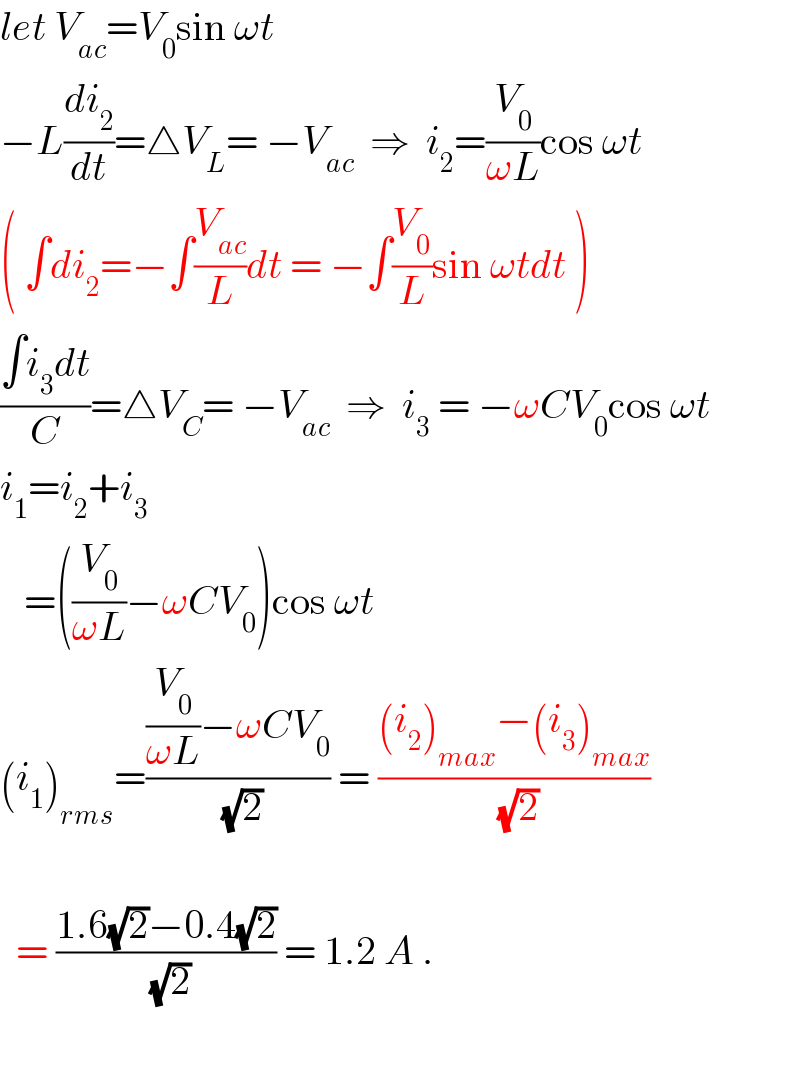
Question and Answers Forum
Question Number 41434 by rahul 19 last updated on 07/Aug/18

Commented by rahul 19 last updated on 07/Aug/18

Answered by ajfour last updated on 07/Aug/18

Commented by rahul 19 last updated on 07/Aug/18

Commented by ajfour last updated on 07/Aug/18

Commented by ajfour last updated on 07/Aug/18

Commented by rahul 19 last updated on 07/Aug/18
Thank you sir!
